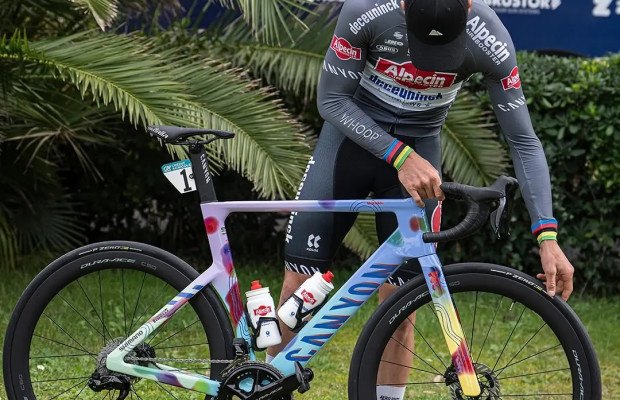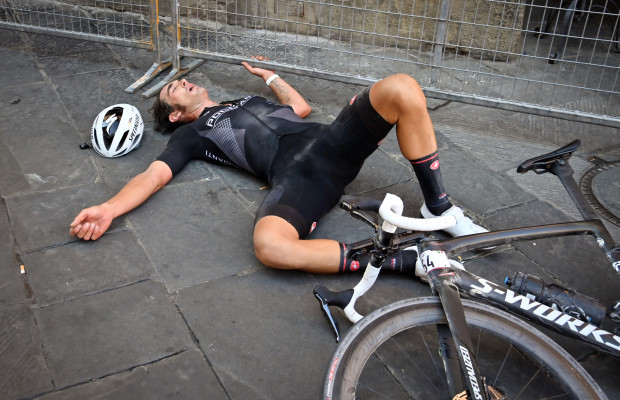Why does Pogacar always wear lace-up shoes?
Aerodynamics has become a real obsession in road cycling, and a good example of this is how lace-up shoes are becoming more and more common in a peloton that seeks to squeeze out every last watt. A trend that has put some cycling shoe brands in a bind that still do not have lace-up models in their catalog.
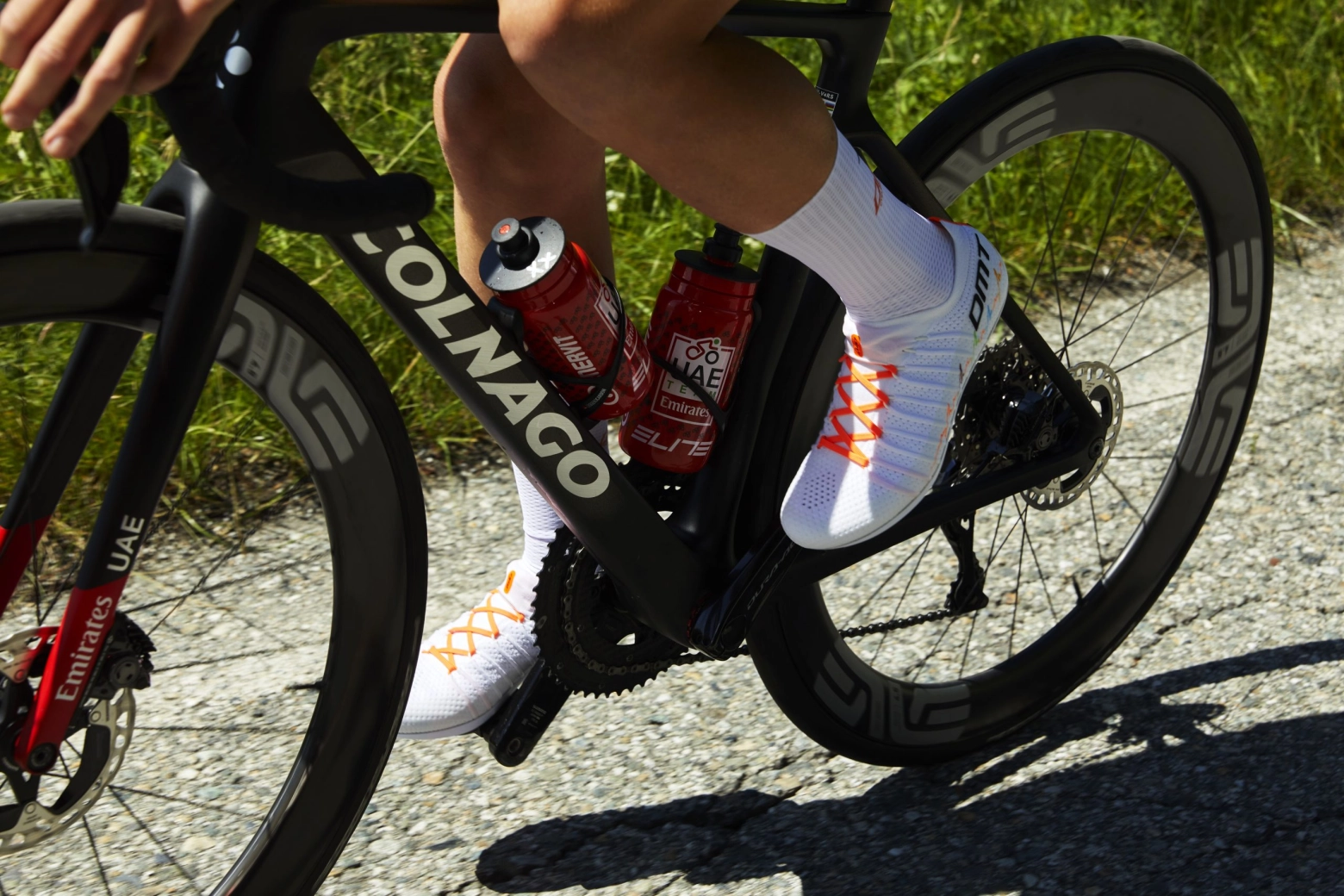
Handmade modifications, shoe covers, prototypes... lace-up shoes are back in fashion
It seems unbelievable, but laces have made a strong comeback in road cycling shoes, just like they were in the original wooden-soled shoes that dominated the peloton for much of the 20th century. Then velcro began to dominate the scene, to be progressively replaced first by micrometric closures and later by the efficiency of BOA. Now, laces are back in the spotlight, sacrificing on-the-go adjustability in exchange for lighter and, above all, more aerodynamic shoes.
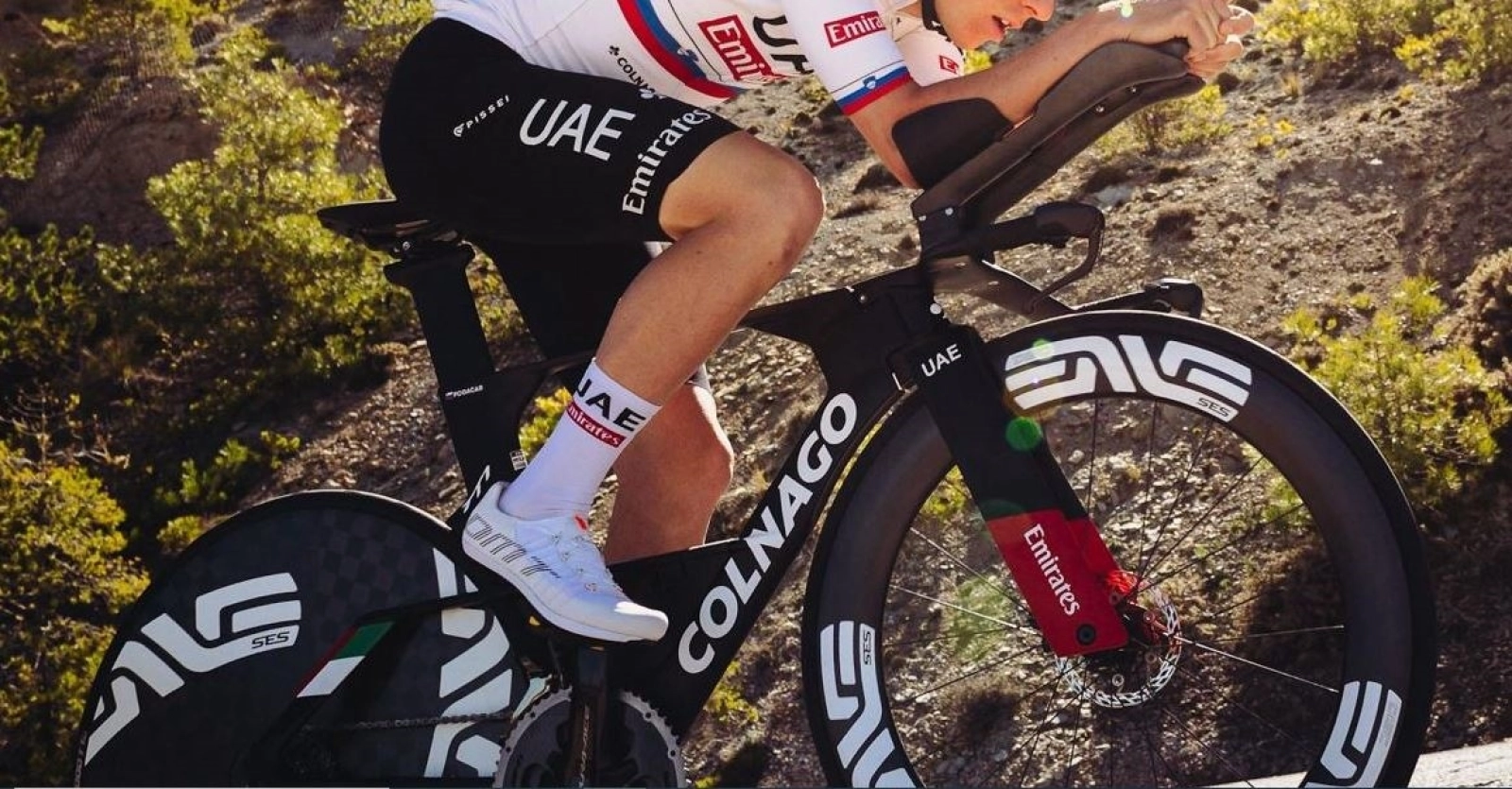
RECOMENDADO
Every little bit counts when it comes to seeking marginal gains, and since wind tunnel tests have begun to detect that laces represent a slight saving of a few watts, many cyclists have started using lace-up shoe models.
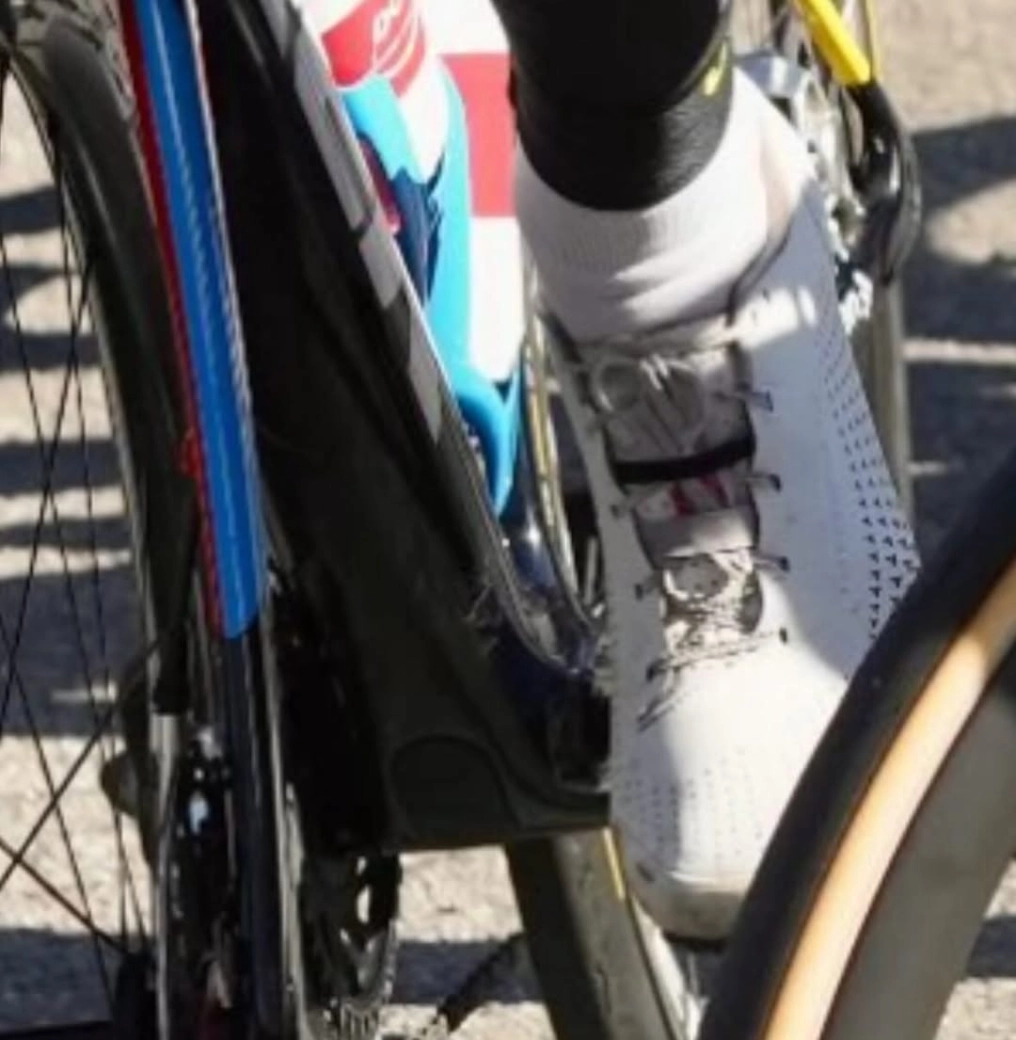
Undoubtedly, the most iconic is Tadej Pogacar himself, who has been using the ultra-light DMT Pogis for some years now, shoes that the Italian brand has been developing to meet his needs and preferences, and which have become some of the most desired shoes on the market despite costing over 400 euros.
A simple solution that cyclists have often used to improve shoe aerodynamics has been to use shoe covers, an option that is not usually liked by sponsors or cyclists, as, despite being made of lightweight lycra, they always result in reduced foot cooling.
Some cyclists, as seen with Stefan Küng at the Kigali World Championships, have opted for a "do it yourself" approach, modifying expensive Shimano S-Phyre shoes to remove the Boa and fix several buckles with rivets like those used in mountain boots to be able to pass a lace and have their own Shimano S-Phyre aero prototype. Surely the Japanese brand will have taken note of this.
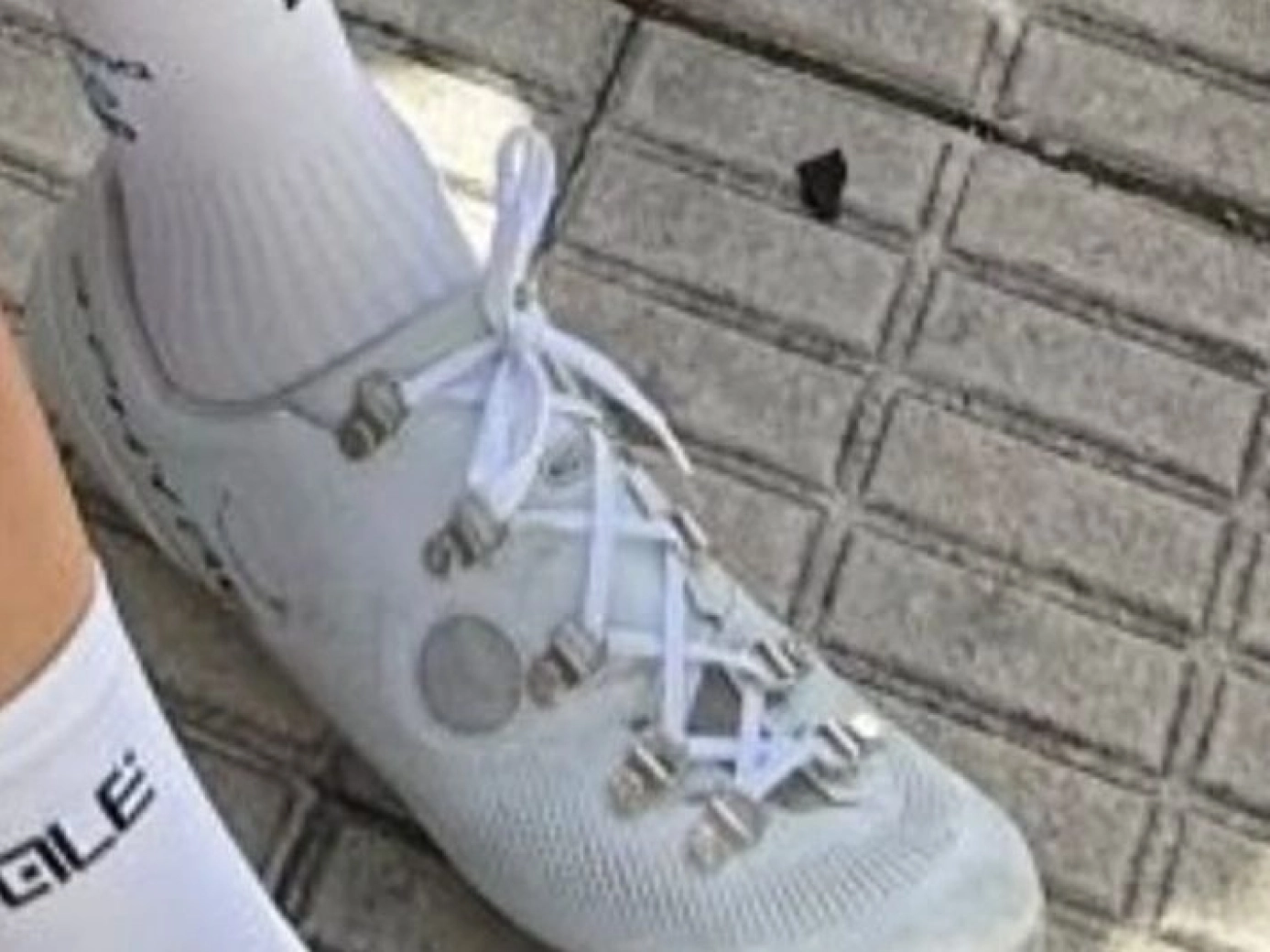
Adaptations have also been seen in Bontrager shoes used by Lidl-Trek cyclists, in this case much more elaborate and could be prototypes created by the brand, which leads us to believe that the Wisconsin-based company will not take long to launch a lace-up model.
In any case, is the minimal savings provided by laces worth the loss of on-the-go adjustability? At the cyclist level, we are clear that most will continue to prefer the benefits of BOA. It is not uncommon to tighten your shoes and have to loosen them as the hours go by and the temperature rises and your feet swell. Or the opposite, tighten them as the route becomes more demanding to have a more direct feel and better power transfer. Adjustments that laces do not provide, even though they allow for a few watts to be saved.




